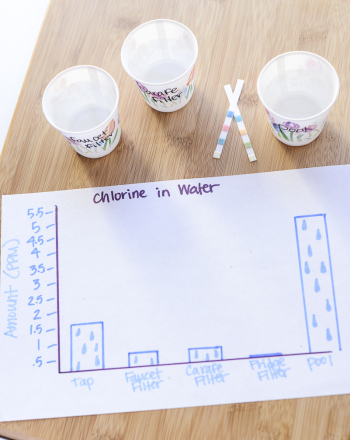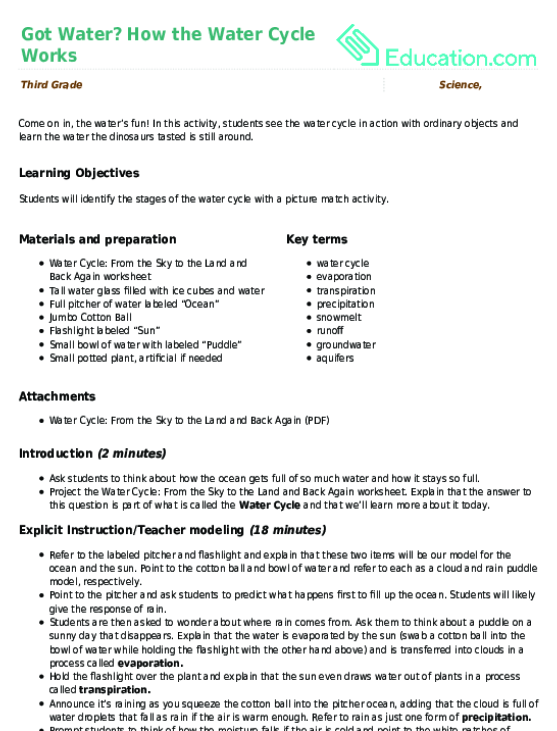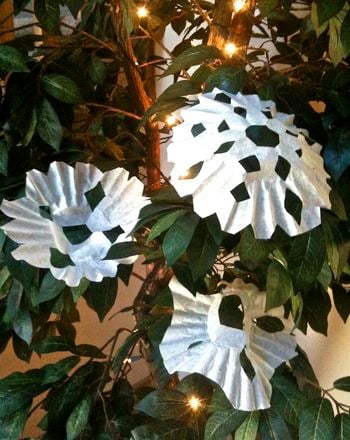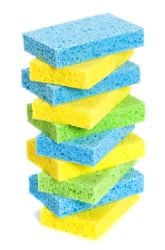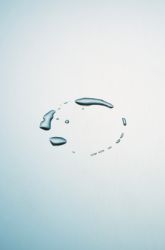Activity
Which Water Filter Works Best?
Grade Level: 6th; Type: Consumer Science/ Chemistry
Objective:
Students will compare different types of faucet filters to see which does the best job in eliminating harmful contaminants.
Research Questions:
What is a water filter made of and how does it work to eliminate contaminants?
Tap water is controlled directly by the water main from the city and runs through a series and network of pipes until it finally reaches the home, of which the faucet is one outlet. This water is treated with chemical compounds and chlorine to kill harmful bacteria, toxins, and other contaminants that cause water-bourne diseases. However, the chemicals themselves may be harmful to the body when consumed in larger quantities.
Water filters are made to eliminate most of these chemicals as well as other contaminants, so that the water we drink can be the purest possible, nothing but H2O. In this experiment, we'll see which water filters do the best job.
Materials:
- Brita Faucet Filter
- Pur Faucet Filter
- Cheesecloth
- Rubber band
- The following test kits/materials:
- Chlorine test kit/strips
- Lead test kit
- Mercury test strips
- OR just a water testing kit that can test for all the above contaminants.
- Several beakers and test tubes
- Pen and paper for notes
Experimental Procedure:
- Label four beakers: no filter, cheesecloth, Brita, and Pur.
- Turn on the kitchen faucet and let the water run for at least five minutes if it hasn't been turned on for awhile. This is to ensure accurate results as there is usually more buildup when you haven't turned on the faucet for a long time.
- Take the beaker labeled “no filter” and fill it up ¾ of the way with tap water.
- Test for mercury, lead, chlorine, and other trace materials. Follow the directions inside the kit. This usually consists of strips of reactive paper, chemical indicators, and a color guide.
- Repeat steps 3-4, for the cheesecloth. Attach the cloth by putting a rubber band around the cloth and the faucet.
- Do the same for the Brita and Pur filters.
- Evaluate your results and see which filter performed the best by looking at the color indicators. Which filted out the most chemicals? Are the results significantly different?
Suggested Chart
|
|
Mercury? |
Lead? |
Chlorine? |
Other? |
|
No Filter
|
|
|
|
|
|
Cheesecloth |
|
|
|
|
|
Brita Filter
|
|
|
|
|
|
PUR Filter |
|
|
|
|
Terms/Concepts: Water; Water contaminants; Lead; Mercury; Chlorine
References:
- http://en.wikipedia.org/wiki/Tap_water
- http://www.wisegeek.com/what-is-tap-water.htm
- Petraccia, L., Liberati, G., Masciullo S.G., Grassi, M. & Fraioli, A.. "Water, mineral waters and health". Clinical Nutrition 25 (3): 377–385.doi:10.1016/j.clnu.2005.10.002.
Education.com provides the Science Fair Project Ideas for informational purposes only. Education.com does not make any guarantee or representation regarding the Science Fair Project Ideas and is not responsible or liable for any loss or damage, directly or indirectly, caused by your use of such information. By accessing the Science Fair Project Ideas, you waive and renounce any claims against Education.com that arise thereof. In addition, your access to Education.com's website and Science Fair Project Ideas is covered by Education.com's Privacy Policy and site Terms of Use, which include limitations on Education.com's liability.
Warning is hereby given that not all Project Ideas are appropriate for all individuals or in all circumstances. Implementation of any Science Project Idea should be undertaken only in appropriate settings and with appropriate parental or other supervision. Reading and following the safety precautions of all materials used in a project is the sole responsibility of each individual. For further information, consult your state's handbook of Science Safety.



